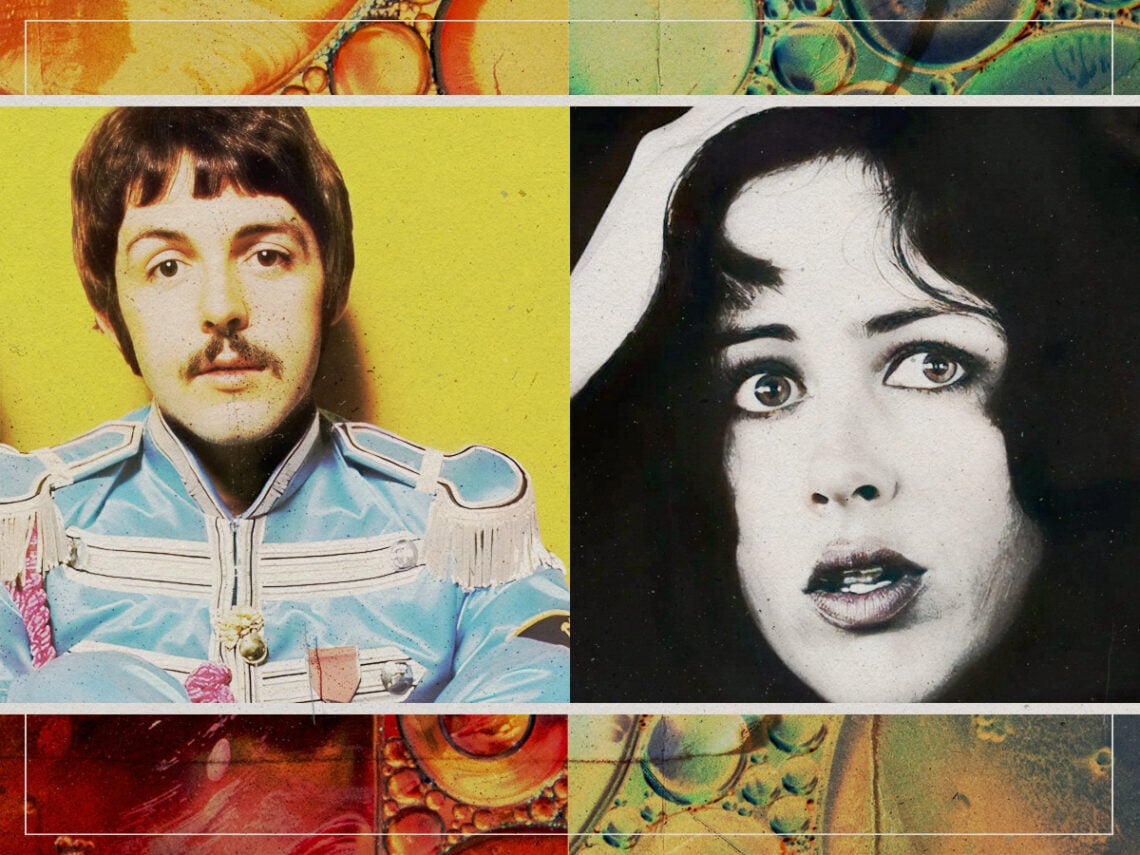It has been nearly 60 years since the release of The Beatles’ Sgt Pepper’s Lonely Heart Club Band, but still, in conversations regarding albums that changed music history, its name always comes up trumps. It’s regularly voted one of the greatest albums ever made, standing as a vital milestone in the band’s history as they moved away from their past and into their experimental future. Still today, decades later, it remains a mindblowing music odyssey. It’s the sort of album that people remember where they were the first time they heard it. So imagine hearing it for the first time in 1967, before its release, with Paul McCartney sitting right there in front of you.
That was the experience that Jefferson Airplane had, and it obviously made a significant impact. Up until this point, The Beatles and the San Francisco counter-cultural leaders would have been placed in two very different musical scenes. Grace Slick of the group once admitted a pretty controversial opinion as she declared, “Until they came out with Rubber Soul, I thought they were silly.” Up until the late 1960s, the Fab Four were firmly in the world of classic rock and roll while Jefferson Airplane and their hippie peers raced head into the trippy future of experimentation. But Sgt Pepper’s Lonely Heart Club Band saw them suddenly and seriously catch up.
It was clear that The Beatles were becoming more interested in expanding their sound as on a trip to America, Paul McCartney went to hang out with Jefferson Airplane’s Marty Balin and Jack Casady at their apartment in the countercultural mecca of Haight-Ashbury. After smoking a spliff and attempting a jam session, although McCartney couldn’t play any of their right-handed guitars, he instead pulled out a tape and offered to let them hear an unreleased track.
“We sat and started to talk. I said, ‘So what’s up with the Beatles?’. Paul casually pulled a cassette from his pocket and said, ‘I happen to have a track from the new album,’” Balin recalled their hangout. “I pulled out my cassette player and popped it in. Out came ‘A Day In The Life’”, he continued.
Instantly, the musician was blown away. Even though it was a small cassette tape, the might of the Beatles’ most adventurous track yet was undeniable. Balin said, “Imagine the first time hearing that song……and I was sitting there with Paul McCartney hearing it….I was stunned and knocked off the universe.”
It’s a song unlike any other and one that still warrants that response today. Even though the band had been getting more and more experimental on albums like Revolver or Rubber Soul, they hadn’t done anything even remotely close to what they did on ‘A Day In A Life’. It is utterly undefinable in terms of genre and incomparable in its sound. It’s busy with meandering melodies, tempo changes, altering sonic landscapes and a 40-piece orchestra. It was a major moment in the band’s development, and they treated it as such: they gathered their friends and peers for a live recording session to watch the orchestra at work and celebrate a new creative peak. In short, it’s a triumph of a song.
For Balin and Casady, it marked a turning point in their perception of The Beatles. Suddenly, the band became players again, making it clear that they were still the ones to beat in the world of rock music as they not only caught up with the countercultural scene but utterly surpassed it. All Balin could do was compliment McCartney.
“I just praised the heck out of it…and him…and the Beatles,” he said. There was no more doubting whether the band were cool enough, no mistaking them for ‘silly’ or brushing them off as past it. Instead, hearing the track made it clear that they were on the rise to new and bigger things. Balin concluded, “[I] knew that it was part of a magnificent wave of new music led by the Beatles”.



